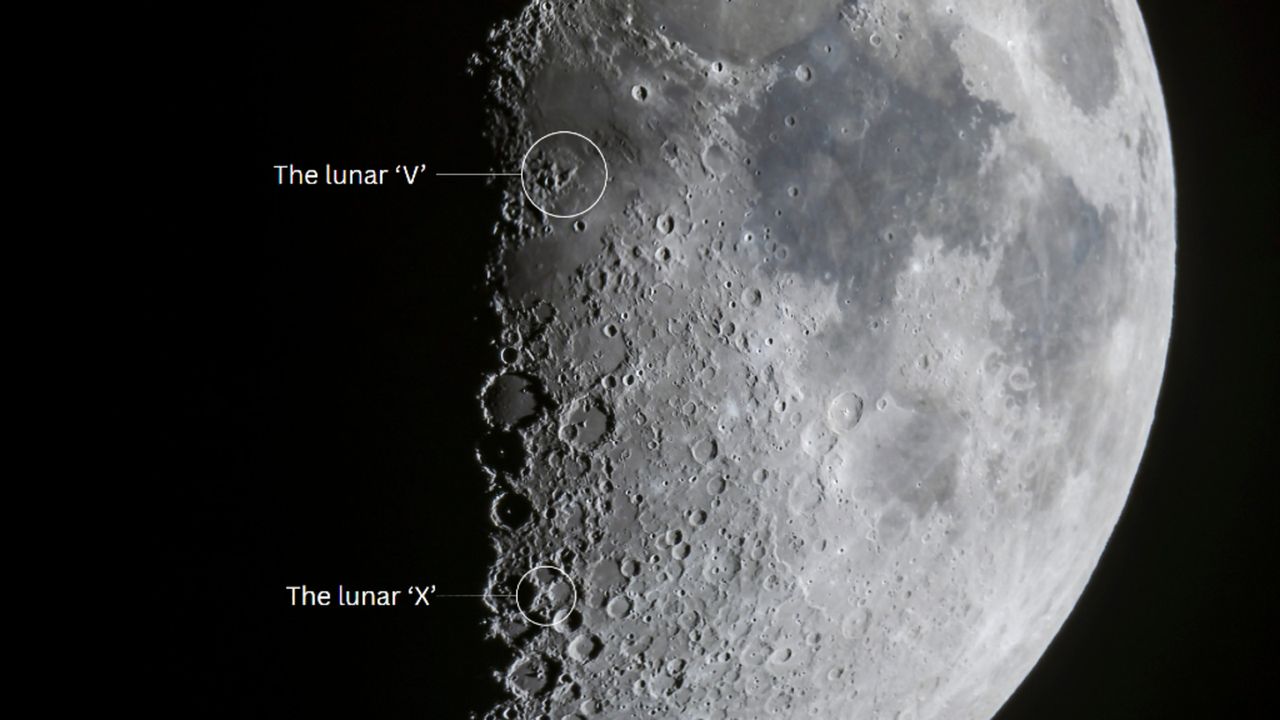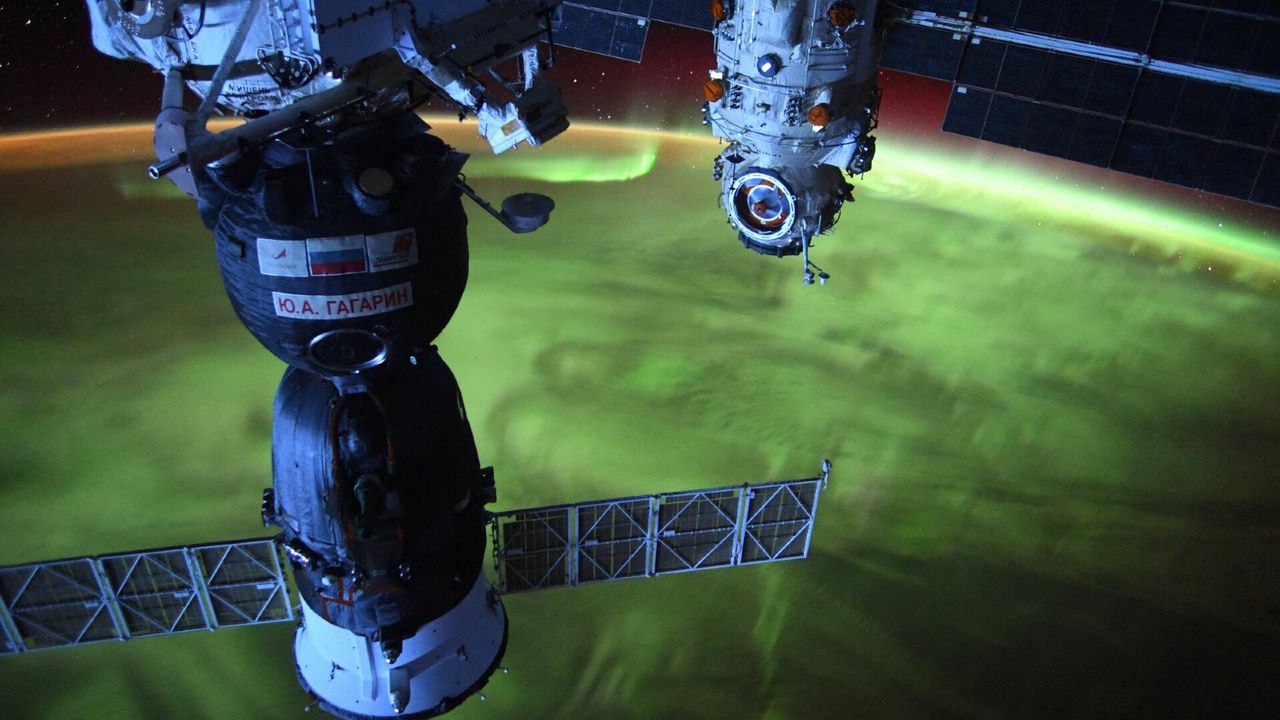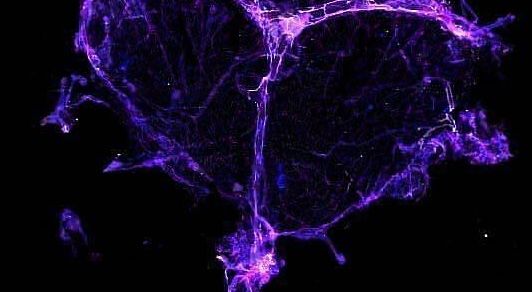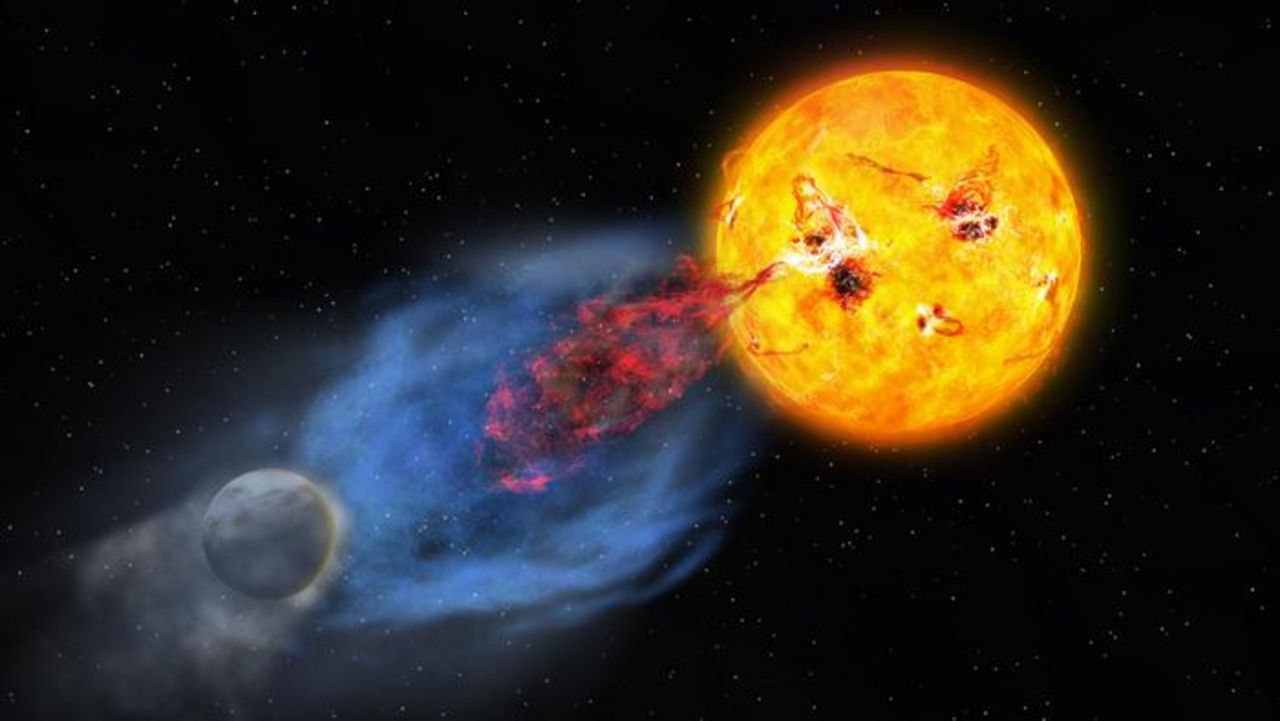Science history: First computer-to-computer message lays the foundation for the internet, but it crashes halfway through — Oct. 29, 1969
PositiveScience
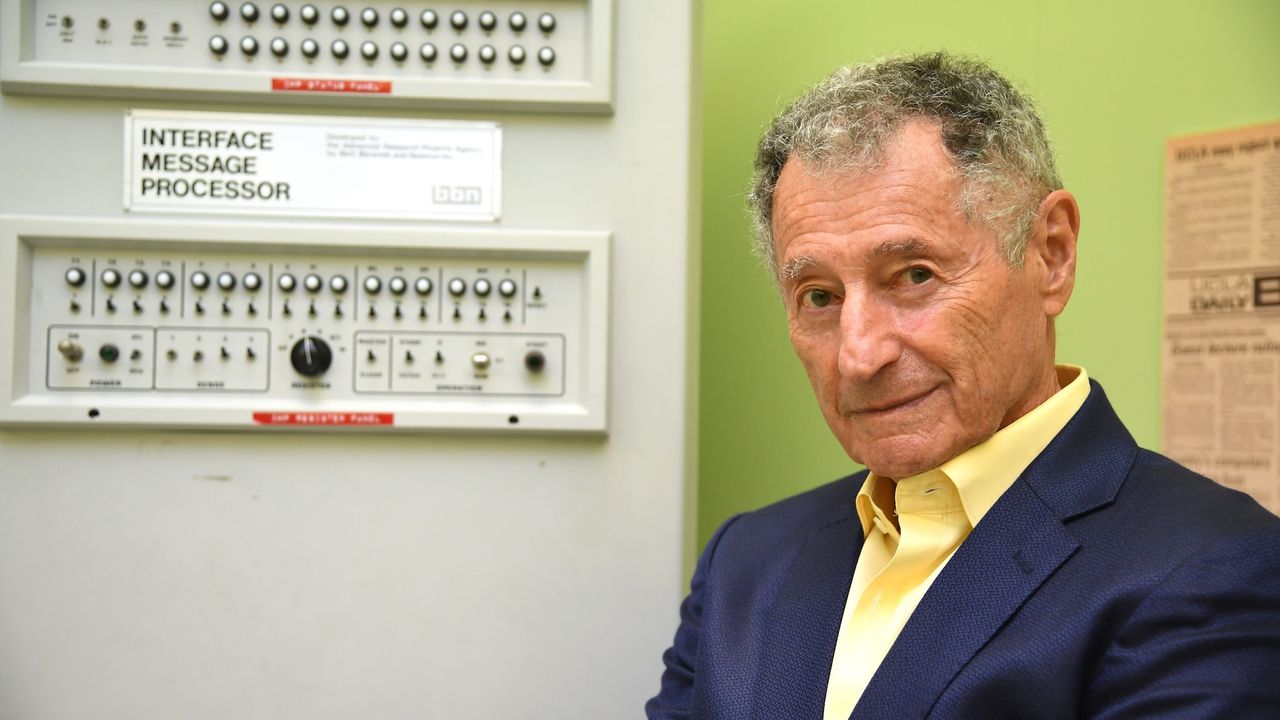
On October 29, 1969, a groundbreaking moment in technology occurred when the first message was sent between two computers over a distance of 380 miles, laying the foundation for what we now know as the internet. Although the message crashed halfway through, this event marked the beginning of a digital revolution that transformed communication and information sharing globally. Understanding this milestone helps us appreciate the incredible advancements in technology that have shaped our lives today.
— Curated by the World Pulse Now AI Editorial System



